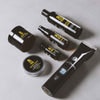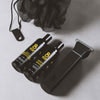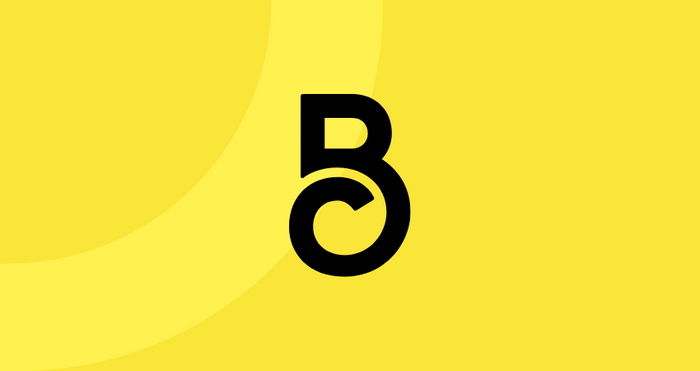How To Shave With a Straight Edge Razor
There are few things in this world better than a close, clean shave. You can use an electric trimmer, waxing, lasers, multiple-bladed razors, or even tweezers (which would hurt). But there’s only one best way to shave your face, and it’s with a straight edge razor.
Nothing quite spells out high living like a straight edge razor. This type of razor hosts a single blade and collapses into its handle. The blade is kept extremely sharp and generally gets used by professional barbers. To use a straight edge razor at home is to show a level of manliness few possess.
Learning how to shave with one of these bad boys can give you a professional-level shave that will save you money in the long run by removing the need for countless trips to the barber. Some of the elements essential to success with a straight edge razor include foresight, forbearance, and finesse.
This is the tool of professionals and should not be taken lightly. We don’t need any accidental Sweeney Todd musical numbers taking place in your master bathroom. Wielding this blade is different from normal knife practice because, typically, you’re not cutting away pieces of yourself as close to your skin as possible.
At the end of the day, though, if you want the close shave that comes from the build of a straight edge razor, you have to take the plunge. Luckily, we detailed all the essential steps you need to know before diving in beard-first.
Take things slow and quit while you’re ahead. There’s no need to keep nicking yourself. Keep a trimmer nearby so that you can switch if need be. Work the straight edge razor into your routine a bit at a time until you’re comfortable using it full-time.
How To Shave With a Straight Razor: The Preparatory Stage
Using a straight edge has advantages, but one of the sacrifices you’ll make is time — at least at first. This is not just the time it takes to learn, but even once you have the skills down, you need to set aside a block of time for this type of shaving. 20 to 30 minutes is ideal at the beginning.
Having sensitive skin should not affect your use of a straight edge razor, but be sure to practice prevention techniques if you are prone to irritations and breakouts. Always apply a decent moisturizing cream afterward as well. While there are several different weights and versions of straight edge razors, for beginning purposes, a general version will work fine.
Keeping the razor blade sharp is essential because a dull blade on a straight razor or safety razor can slip and cut you. Either learn how to sharpen it yourself or find someone who knows how. Make sure to keep it stored in a dry, room-temperature area for a closer shave.
Straight Razor Shaving Guide
Now that we covered basic preparatory guidelines, it is time to explore the steps you need to learn to become a straight edge razor master. Pay close attention, follow this guide, and you’ll be happy you studied up for your newfound hobby.
Step #1: Prep Your Face
Shaving dry is shaving heresy. To get the best and safest shave possible, your skin pores must be open in order for your beard hairs to go limp. You can achieve this by starting out your shaving routine with a hot shower.
Once the facial skin is softened by hot water, lather up with a barbershop-style shaving brush. Don’t forget your high-quality shaving cream or shaving soap. This allows for a smooth shave with minimal razor burn, nicks, or ingrown hairs.
Step #2: Keep the Skin Tight
The ideal angle to hold the razor is a 30-degree angle. This allows a smoother shave and a clean cut through the hairs while protecting you from penetrating the skin. Make sure your grip is tight, but not too tight, since you still need mobility.
While your dominant hand holds the razor, your other hand should be helping too. Use it to keep the skin taut while you are shaving to give the razor a flatter surface for the closest shave possible. Slight pressure is all that is needed since an adequately sharpened blade will cut through your individual hairs like butter.
Step #3: Goodbye Mutton Chops
Sideburns are always a great starting point because everything stems from there, and it gives you a clear direction to move. You’re not chopping at the hair but sliding the razor through to avoid irritating the follicles.
Don’t drag the razor, though; you want your movements to be short and smooth. Then rinse and repeat. There’s a learning curve here, but you’ll get the hang of it.
Step #4: Lose the Stache and the Goatee
Stretch out that upper lip and clean away any mustache hairs. Go from the outside to the inside, but leave the middle of the philtrum (the groove above your upper lip) untouched. This part needs to be done separately after you finish both sides of your stache. Then push up your nose and finish off the stache.
For your chin, it is important to approach this part delicately. Your chin and jawline are two of the more difficult areas to shave because they host ridges that, if you’re not careful, will cause a cut. Therefore, when approaching the chin and jawbone, begin a couple of inches away and ease your way onto them ever-so-gently.
Step #5: Finish the Job
The neck is the most-often place that gets nicked while wet shaving: Be extra careful and treat it like the jaw and chin. Stretch out the skin so that it is taut, and start at least an inch away from any bumps or ridges.
Once this is finished, you should go back over both sides of your face. A rookie mistake is rushing the second pass, so be just as careful as you were the first time through.
Step #6: Post-Shave Aftercare
Rinse your face with cold water to wash off any stray pieces of hair that got left behind. Moisturizing after a shave is essential because if you don’t, your skin might dry out or break out. Use an aftershave balm, cream, or moisturizer that does not contain any alcohol.
Dry off the blade and apply some oil to the blade’s edge to keep it from rusting. Store it in a dry, room-temperature area of your house.
Master the Art of Shaving
Taking matters into your own hands when it comes to your beard grooming can be a powerful feeling, but never be afraid to ask questions. Taking care of your facial hair is something every man has to figure out: You’re not alone.
Sources:
Straight Razor Safety 101 | Evergreen Beauty College




